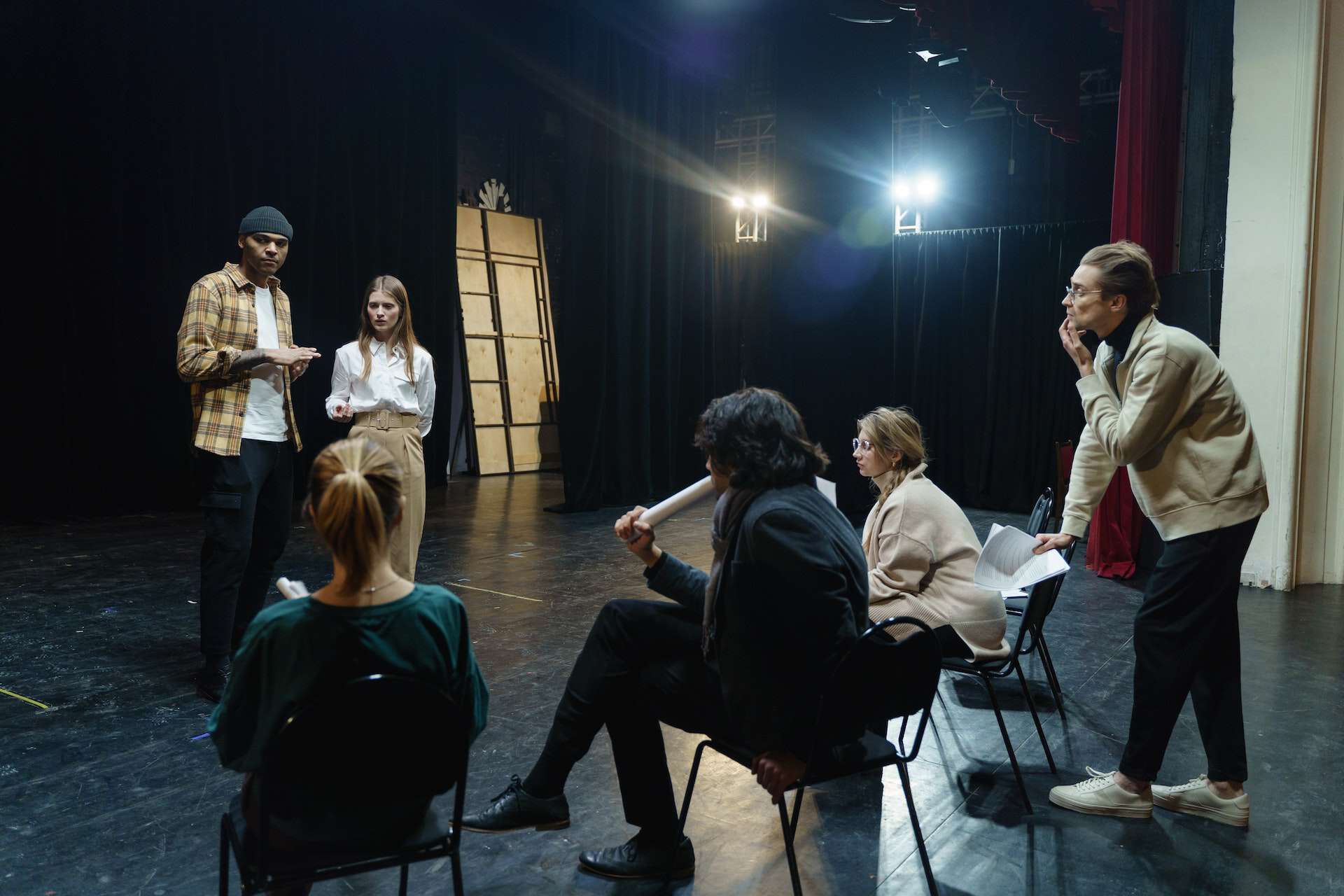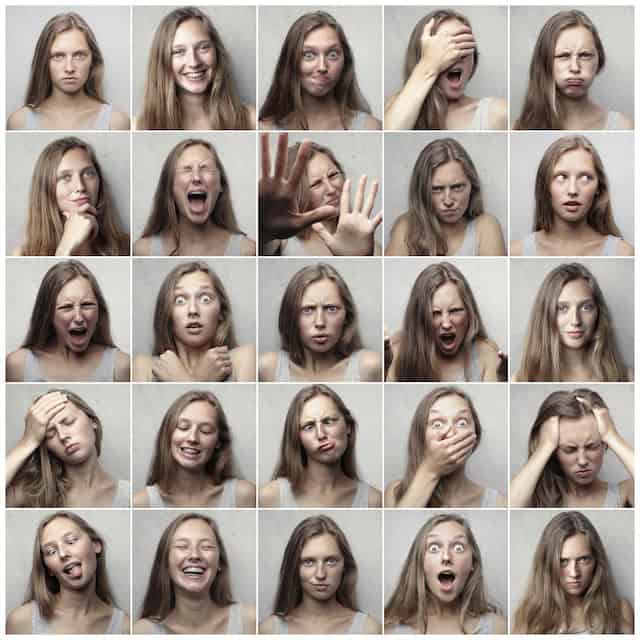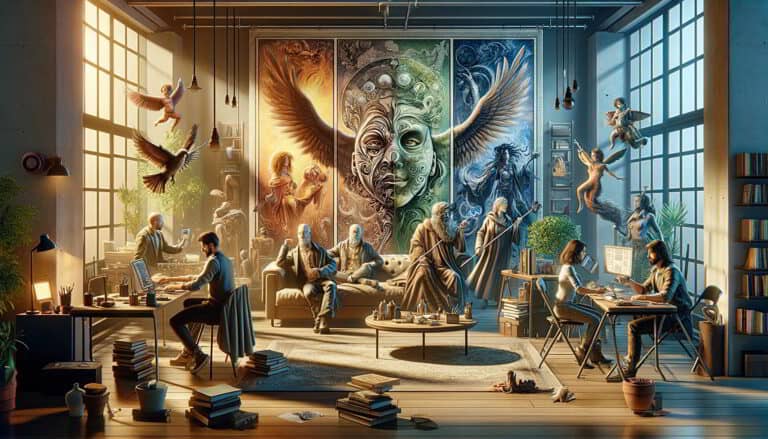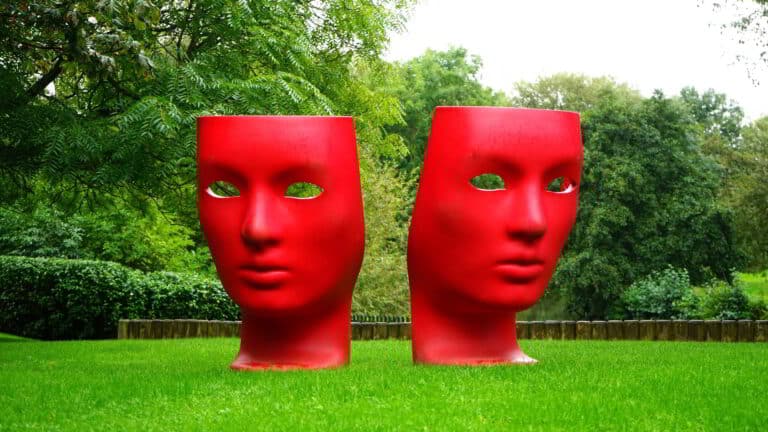Unleashing Character Potential: Myers-Briggs and Jungian Archetypes in Fiction
Discover the transformative power of Myers-Briggs personality types and Jungian archetypes in character creation for compelling and unforgettable fiction.
The Magic of Myers-Briggs and Jungian Archetypes
The human psyche is a labyrinth of complexity, a web of emotions, motivations, and perceptions. Unraveling this web can be a daunting task, but fear not, for we have two powerful tools at our disposal: the Myers-Briggs Type Indicator (MBTI) and Jungian archetypes. These systems offer a structured, yet flexible framework to understand the intricacies of human nature, making them invaluable in the realm of character creation.
The MBTI, based on Carl Jung’s theories, identifies 16 distinct personality types, providing a detailed understanding of a character’s preferences and behaviors. Each type has its unique strengths and weaknesses, desires and fears. By understanding these nuances, writers can create characters that are not just believable, but also relatable and memorable.
Jungian archetypes, on the other hand, tap into the collective unconscious, capturing universal patterns of behavior that transcend cultural and temporal boundaries. Characters built on these archetypes resonate with readers, striking a chord that echoes through the annals of human experience.
“The creation of something new is not accomplished by the intellect but by the play instinct acting from inner necessity. The creative mind plays with the objects it loves.” – Carl Jung
This quote by Carl Jung beautifully encapsulates the creative process. As writers, it is our play instinct that allows us to weave together the threads of Myers-Briggs personality types and Jungian archetypes, crafting characters that are at once fresh and familiar.
The Intersection of Myers-Briggs and Jungian Archetypes
Delving deeper into the synergy between Myers-Briggs personality types and Jungian archetypes, we find that each MBTI type naturally aligns with certain archetypes. For instance, the INTJ type (Introverted, Intuitive, Thinking, Judging), often aligns with the ‘Sage’ or ‘Wizard’ archetype, driven by their quest for knowledge and understanding. Similarly, the ESFP type (Extraverted, Sensing, Feeling, Perceiving) resonates with the ‘Jester’ archetype, seeking to live in the moment and enjoy every experience.
These correlations are not set in stone but serve as a starting point in the character creation process. As your story unfolds, your characters might evolve, embodying different archetypes at different stages, adding depth and dynamism to their narrative arcs.
“In all chaos, there is a cosmos, in all disorder a secret order.” – Carl Jung
Jung’s insightful words remind us that beneath the apparent randomness of a character’s actions, there lies a hidden pattern, a secret order shaped by their underlying personality type and archetypical influences. As writers, it is our task to uncover this secret order, guiding our characters along their destined paths.
Unlocking the Power of Personality and Archetypes in Fiction
Incorporating Myers-Briggs personality types and Jungian archetypes into your storytelling toolkit empowers you to create characters that are complex, captivating, and authentic. These systems provide a roadmap for character development, guiding their actions and decisions, while also leaving room for growth and transformation.
“The meeting of two personalities is like the contact of two chemical substances: if there is any reaction, both are transformed.” – Carl Jung
Jung’s quote beautifully articulates the transformative power of character interactions. By understanding your characters’ personality types and archetypical influences, you can craft compelling interactions that drive your story forward, igniting change and growth in your characters.
Practical Application: A Step-by-Step Guide
Creating characters that resonate with readers involves more than just assigning them a personality type and an archetype. It requires a delicate balance of structure and spontaneity, of consistency and surprise. Here are some practical steps to incorporate Myers-Briggs personality types and Jungian archetypes into your character creation process:
- Identify the Personality Type: Begin by determining the Myers-Briggs type that best aligns with your character’s core traits. Consider their preferences in processing information, making decisions, and interacting with the world.
- Choose the Archetype: Next, identify the Jungian archetype that resonates with your character’s journey or role in the story. Remember, archetypes are fluid – your character may embody different archetypes at different points in the narrative.
- Explore the Intersection: Investigate how the personality type and archetype interact within your character. How do their inherent traits influence their behaviors, choices, and responses to challenges?
- Craft the Character Arc: Use the personality-archetype intersection as a foundation to craft your character’s development throughout the story. Consider how their personality might evolve and how their archetypal role might shift as the narrative progresses.
- Develop Interactions: Use your understanding of the characters’ personality types and archetypes to shape their interactions with others. These interactions can reveal hidden aspects of their personalities and propel their development.
Conclusion: The Art of Character Creation
Creating characters is akin to giving birth to new consciousness. With the Myers-Briggs personality types and Jungian archetypes, we as writers are equipped with powerful tools that allow us to infuse our characters with depth, authenticity, and relatability.
These systems don’t restrict our creativity but rather serve as guiding lights, illuminating the path towards well-rounded characters who captivate readers’ imaginations, stir their emotions, and linger in their memories long after the final page is turned.
In the words of Carl Jung, “The privilege of a lifetime is to become who you truly are.” As we guide our characters along their journey of self-discovery, we too embark on our journey, exploring the depths of our creativity, and in the process, discovering who we truly are as writers.
FAQs
How can Myers-Briggs personality types enhance character development?
Answer: Myers-Briggs personality types provide a comprehensive framework to understand a character’s behaviors, motivations, and responses to different situations. This understanding can help writers create consistent, believable, and relatable characters.
What are Jungian archetypes and how can they be used in character creation?
Answer: Jungian archetypes are universal patterns of behavior that resonate with the collective unconscious. They can be used to infuse characters with a sense of familiarity and universality, making them more engaging and impactful.
Can a character embody multiple Jungian archetypes?
Answer: Absolutely! Characters can and often do embody different archetypes at different stages of the narrative, adding depth and dynamism to their character arcs.
Keywords: Myers-Briggs Personality Types, Jungian Archetypes, Character Creation, Fiction Writing, Personality-Archetype Intersection, Character Development, Character Interactions, Character Arc.






